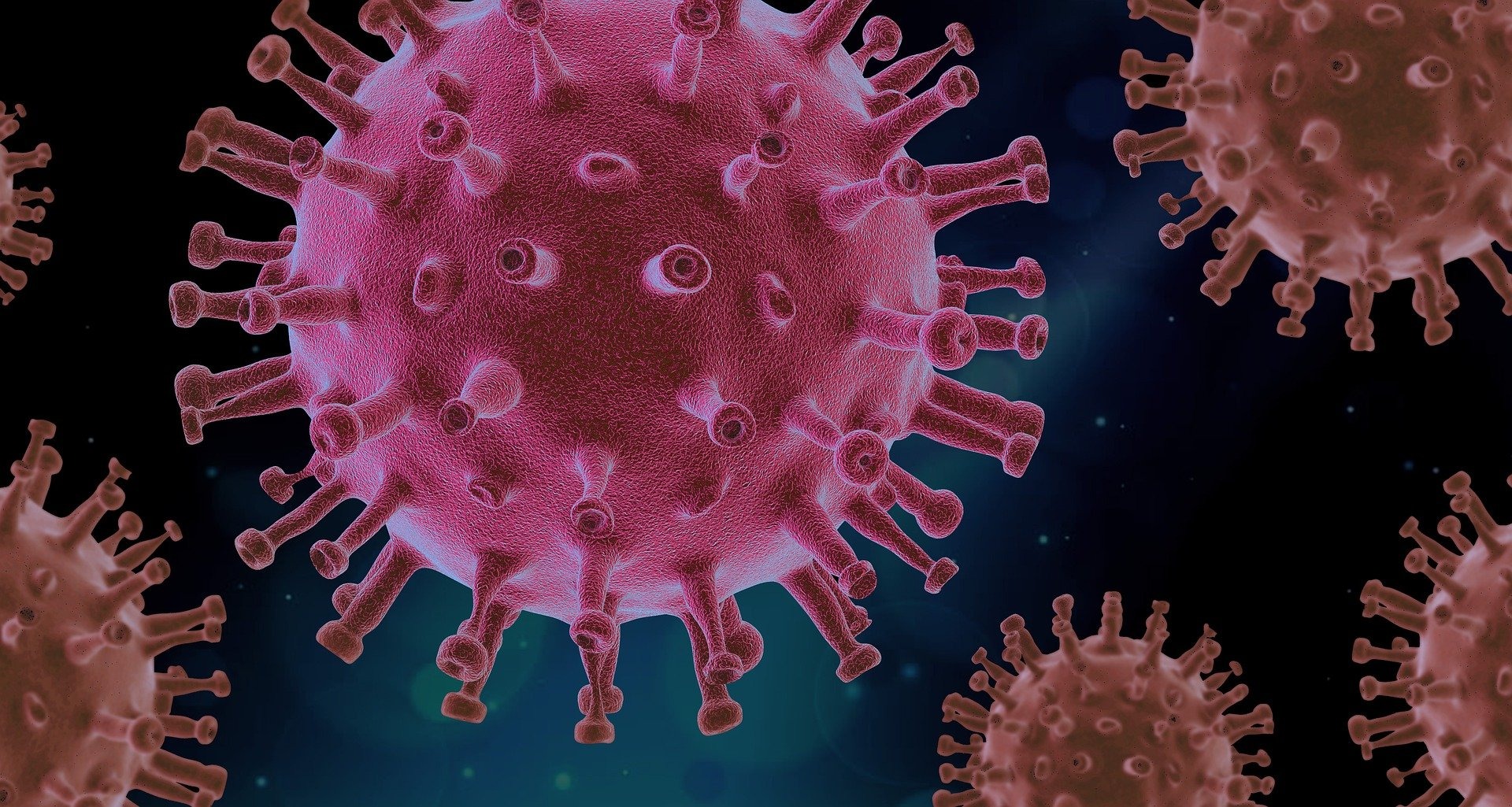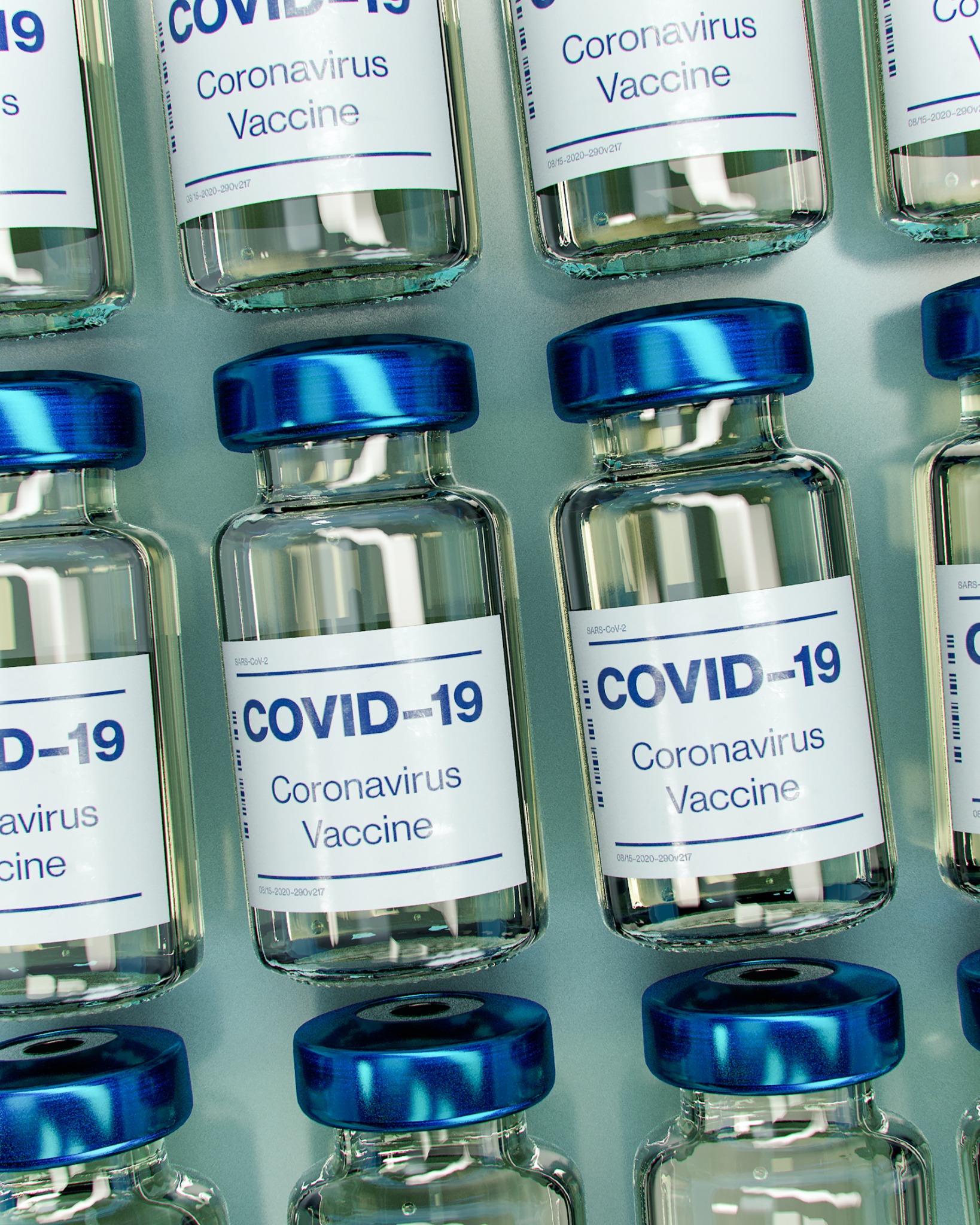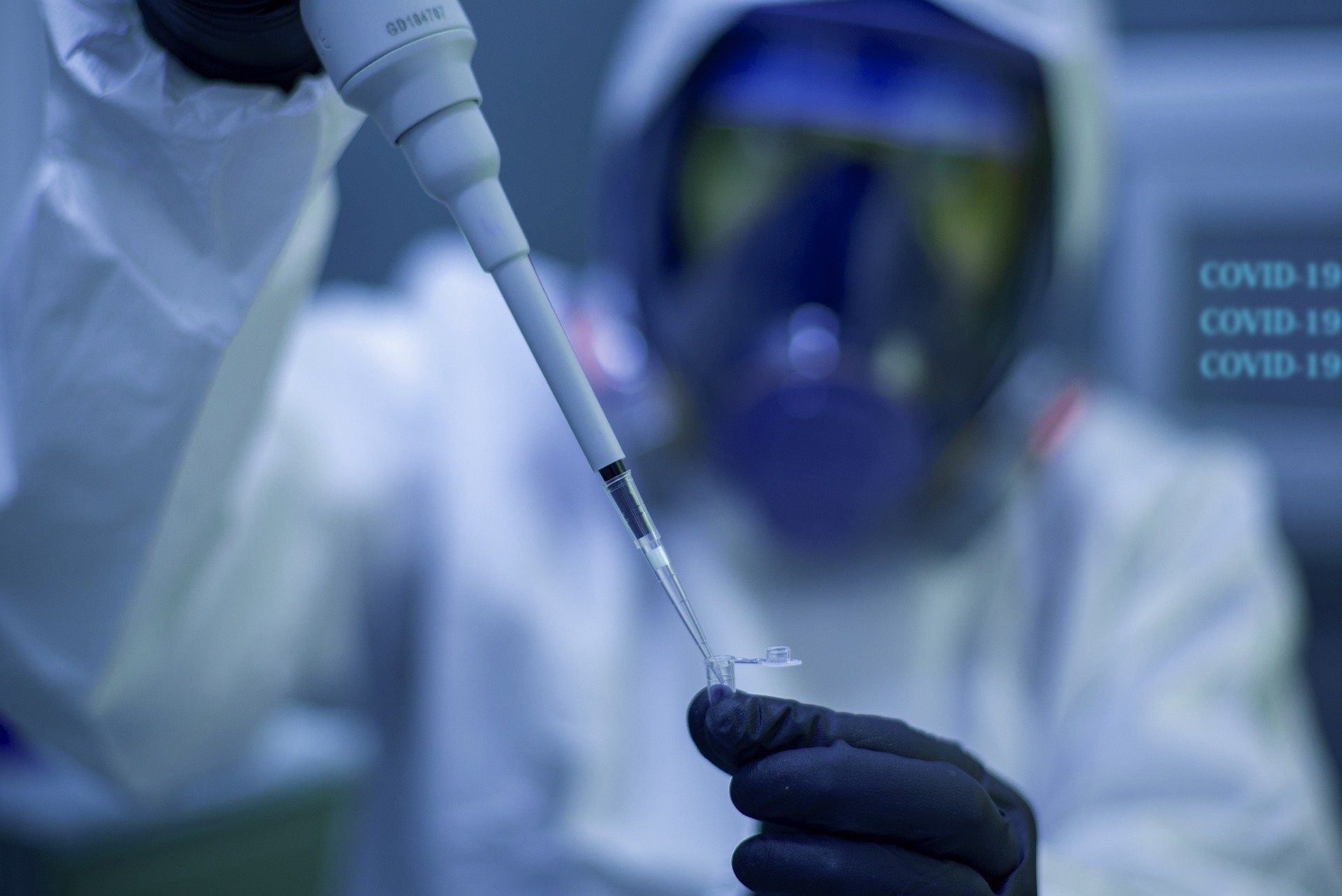Australian Government invests in Melbourne COVID-19 vaccine research

The Australian Government has invested $3 million from the Medical Research Future Fund (MRFF) Coronavirus Response into Melbourne-based COVID-19 research to develop two vaccines.
The University of Melbourne received the funding to develop the receptor binding domain (RBD) COVID-19 vaccine candidates: the protein vaccine at the Doherty Institute and the mRNA vaccine at Monash Institute of Pharmaceutical Sciences.

Doherty Institute Immunology Theme Leader Professor Dale Godfrey said the coronavirus can be described as a crown where the spikes are the arms, and the tip of the spike is the hand.
“It is a bit like if you’ve got a home invader…the part that they use to get into your house is the hand…you can hold their arms, which is the spike, but they might still be able to open the doorknob, so really the most important part is the hand, the receptor binding domain…why don’t we make a vaccine that is only the hand of the virus, the RBD,” said Professor Godfrey.
“We are about to start doing challenge studies [testing on mice], so we know we can make a good immune response, we can make good antibodies, the question we don’t yet know is will the mice that we’ve immunised now be able to resist actual virus infection,” said Professor Godfrey.
“The research they have invested in is everything up to the point where we are ready to do a phase one clinical trial with humans,” he said.
“One thing that you really don’t want to do is to rush a vaccine to the point where it’s in people and you don’t know if it is safe, you don’t want people getting sick or dying because of your vaccine,” said Professor Godfrey.
Health Minister Greg Hunt said both vaccines are using different approaches to target the tip of the spike protein, the RBD, to compare which vaccine creates the most neutralising antibodies as part of Australia’s response to COVID-19.
Monash University Professor Colin Pouton said messenger RNA is new vaccine technology, the cell creates a message of RNA from the genetic information in the nucleus, the RNA translates the code for making a protein, so you can use the mRNA to vaccinate by injecting the code.

Professor Pouton said vaccine research builds up over three clinical trial phase efficacy studies in human volunteers, which expose more people each time: a phase one trial might start with 500 patients, phase two 1,000 patients, up to a phase three trial in 30,000 patients.
“Some of the leading vaccines that have been developed commercially at the moment for COVID-19 are actually mRNA vaccines and presumably one or more of them will probably be the first mRNA vaccines approved for human use,” he said.
Professor Pouton said the first wave international mRNA vaccines have received a lot of funding but depending on how they progress through the clinical stages, Monash University and the Doherty Institute is providing an Australian COVID-19 vaccine research response.
“For the Australian Government you could say, well gosh, to invest a billion dollars in getting a product into production is a huge risk but on the other hand to vaccinate the Australian population is probably going to cost a billion dollars,” he said.
“The amount of funding you need starts to escalate dramatically once you get into the efficacy studies…the phase one study is a safety study and...is not that expensive that is the sort of study that we are hoping to do through Government MRFF funding,” said Professor Pouton.
Keep informed on COVID-19 vaccines with the Department of Health.
Post a comment